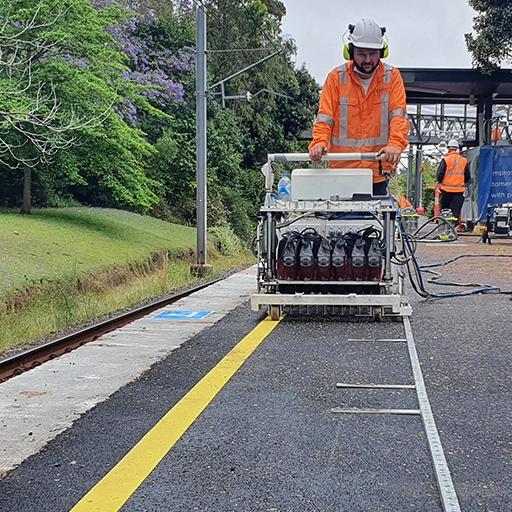Innovations in Tactile Indicator Design and Technology
Tactile ground surface indicators (TGSI) are pivotal in providing crucial orientation cues for visually impaired individuals, enabling safe navigation in public spaces. Over the years, innovations in design and technology have significantly enhanced the effectiveness and versatility of tactile indicators. Let’s explore the latest advancements that are shaping the landscape of tactile indicator design and technology.
Material Technology and Design Innovation
Innovations in material technology have led to the development of tactile indicators that offer enhanced durability, slip resistance, and aesthetic appeal. Advanced materials such as stainless steel, aluminium, and polyurethane are being utilised to create tactiles that are not only robust but also visually appealing, contributing to the overall design of public spaces.
Customisation and Bespoke Designs
The evolution of tactile indicator technology has facilitated the creation of customised and bespoke designs to meet specific project requirements. This level of customisation allows for the adaptation of tactile indicators to diverse architectural and environmental contexts, ensuring seamless integration with the surrounding infrastructure.

Slip-Resistant and Low-Maintenance Solutions
Innovative tactile indicator designs now incorporate features that prioritise slip resistance and low maintenance. These advancements aim to address safety concerns and reduce the need for frequent maintenance, contributing to the long-term effectiveness of tactile indicators in various environments.
Integration of Smart Technologies
The integration of smart technologies into tactile indicators represents a cutting-edge innovation. This includes the incorporation of sensors and connectivity features that can provide real-time data on pedestrian flow, environmental conditions, and maintenance requirements, enhancing the overall functionality and utility of tactile indicators.
Sustainable and Eco-Friendly Materials
In response to growing environmental awareness, innovations in tactile indicator design and technology have focused on the use of sustainable and eco-friendly materials. This approach aligns with the broader trend of sustainable urban design and construction, ensuring that tactile indicators contribute to environmentally responsible built environments.
In conclusion, the evolution of tactile indicator design and technology has ushered in a new era of innovation, offering enhanced durability, customisation, smart features, and sustainability. These advancements are instrumental in ensuring the continued effectiveness and relevance of tactile indicators in promoting accessibility and safety for visually impaired individuals in public spaces. The ongoing innovations in tactile indicator design and technology are a testament to the commitment to creating inclusive and accessible environments, where tactile indicators play a vital role in facilitating independent mobility and safety for all individuals.
